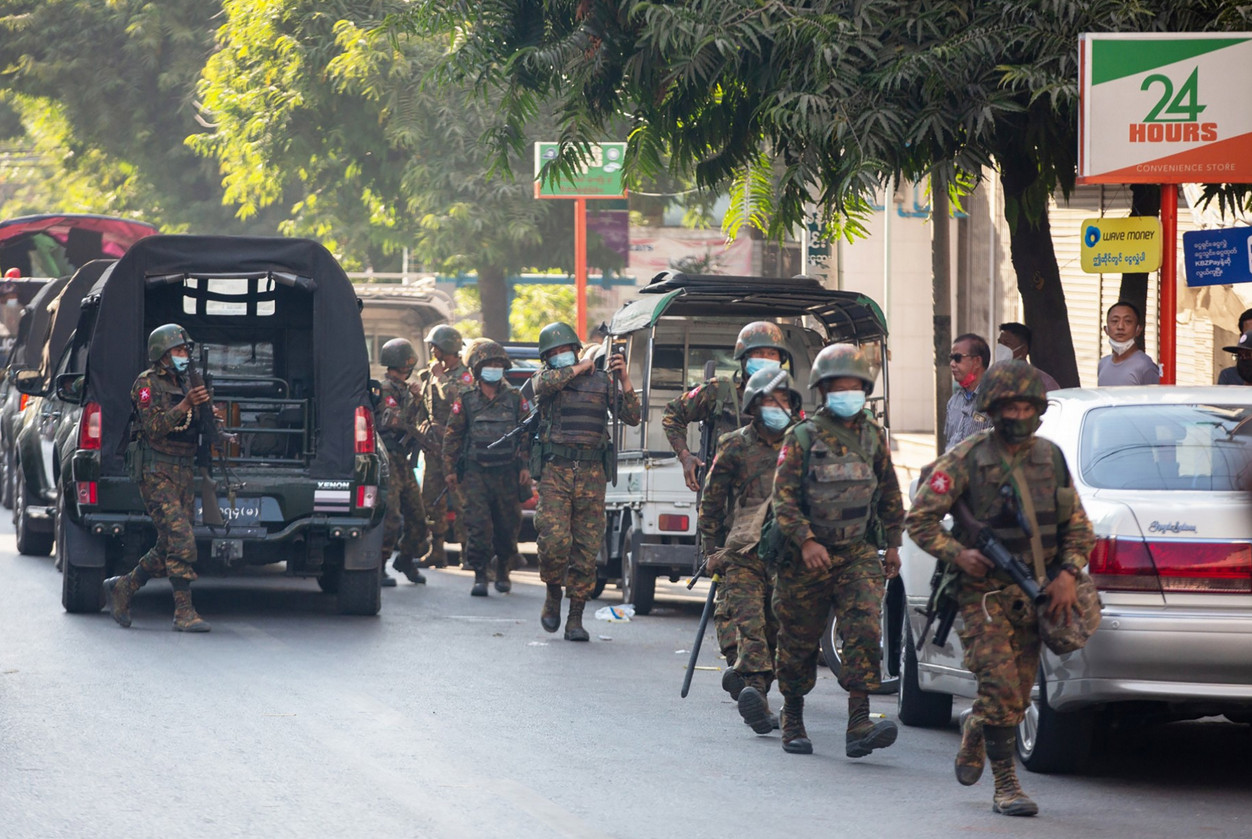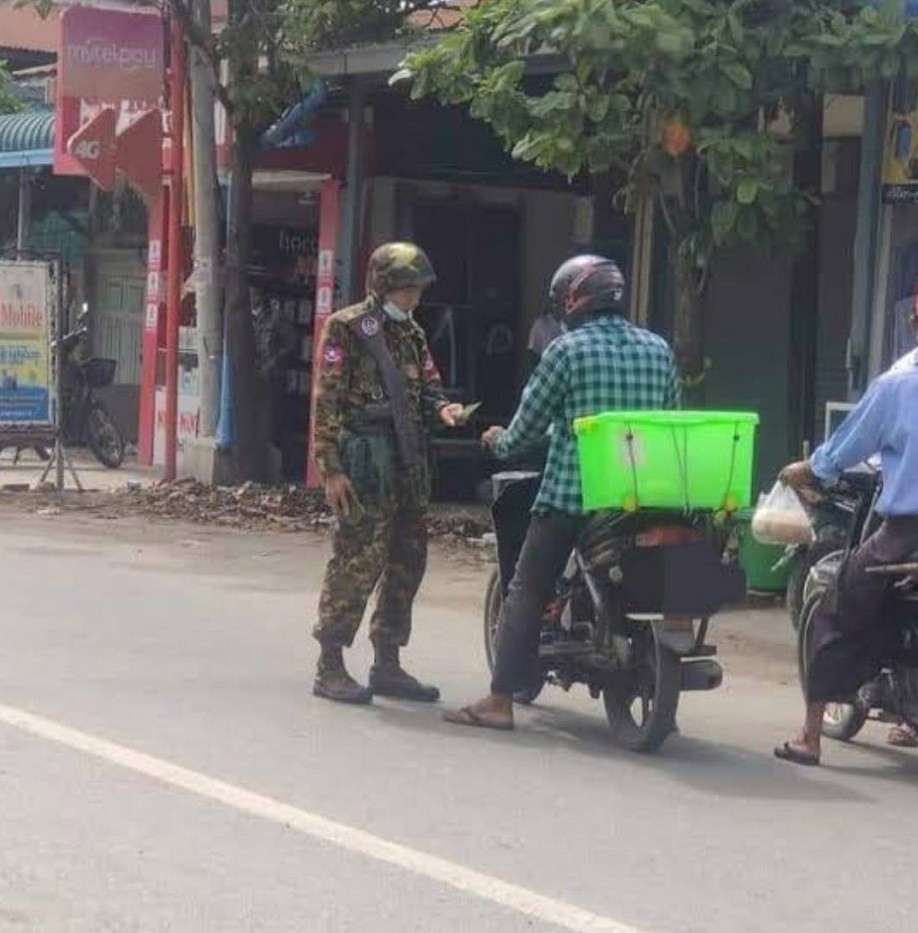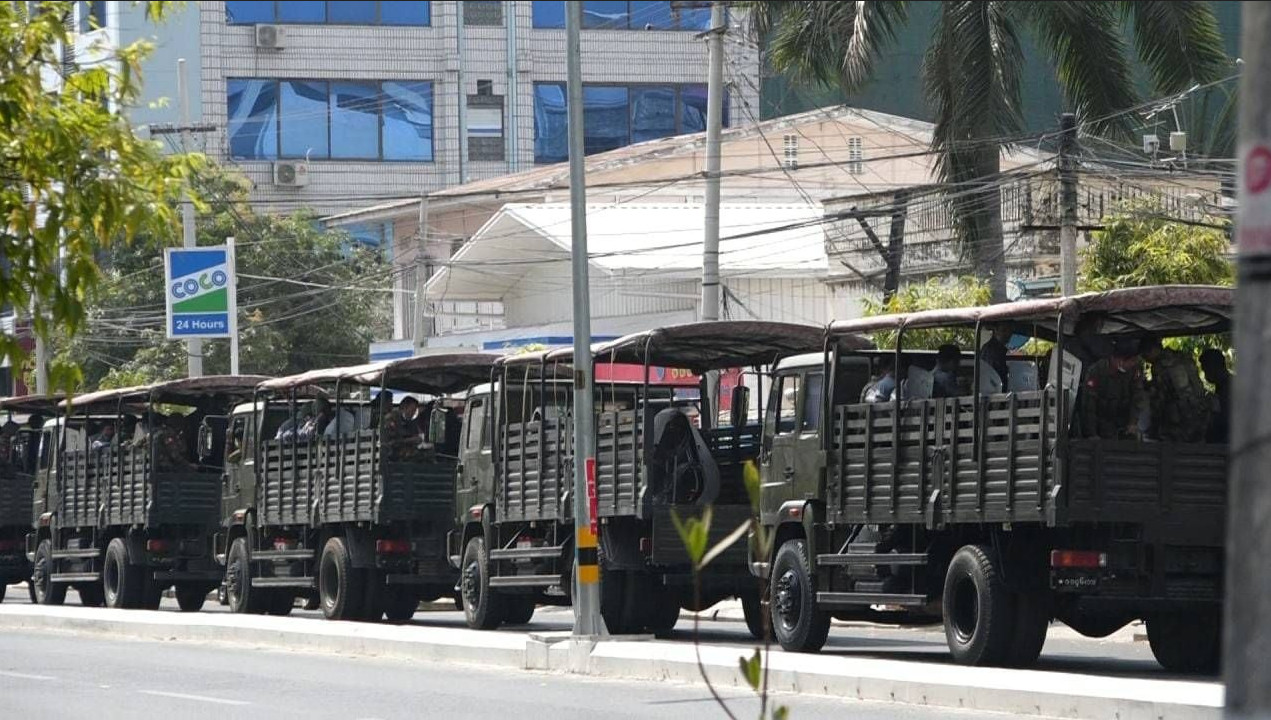A Food Safety Management System (FSMS) is a systematic approach to controlling food safety hazards within a food business to ensure that food is safe to eat.
It is based on the principles of Hazard Analysis and Critical Control Points (HACCP), which involve identifying, evaluating, and controlling hazards that are significant for food safety.








Here is a detailed guide on FSMS:
1. Understanding Food Safety Management Systems (FSMS)
Definition: An FSMS is a set of policies, procedures, and practices designed to ensure food safety throughout the entire food production process.
Objective: To prevent foodborne illnesses by managing and controlling food safety risks.
2. Key Components of an FSMS
2.1 Hazard Analysis and Critical Control Points (HACCP)
Hazard Analysis: Identify potential biological, chemical, and physical hazards.
Critical Control Points (CCPs): Determine points in the process where hazards can be prevented, eliminated, or reduced to acceptable levels.
Critical Limits: Establish maximum and/or minimum values to which biological, chemical, or physical parameters must be controlled at CCPs to prevent, eliminate, or reduce hazards.
Monitoring Procedures: Develop procedures to monitor CCPs to ensure they remain within critical limits.
Corrective Actions: Define actions to be taken when monitoring indicates that a CCP is not within the established limits.
Verification Procedures: Establish procedures to verify that the FSMS is working effectively.
Record Keeping: Maintain documentation and records to demonstrate the effective implementation and operation of the FSMS.
2.2 Prerequisite Programs (PRPs)
Good Manufacturing Practices (GMPs): Standard operating procedures that control operational conditions, providing the foundation for safe food production.
Sanitation Standard Operating Procedures (SSOPs): Procedures for ensuring the cleanliness and sanitation of the facility, equipment, and utensils.
Supplier Control: Ensuring that suppliers provide safe and quality raw materials.
Pest Control: Measures to prevent pest infestations in the food production area.
Personal Hygiene: Policies to ensure food handlers maintain proper hygiene to prevent contamination.
3. Developing and Implementing an FSMS
3.1 Preparation
Assemble a Food Safety Team: Comprise a multidisciplinary team with knowledge and expertise in food safety.
Define the Scope: Determine the boundaries and scope of the FSMS within the organization.
Describe the Product: Provide detailed descriptions of the products, including ingredients, processing methods, and intended use.
3.2 Conduct a Hazard Analysis
Identify Hazards: List all potential hazards associated with each step of the process.
Assess Risks: Evaluate the likelihood and severity of each hazard to determine which are significant and need to be controlled.
3.3 Establish CCPs and Control Measures
Determine CCPs: Identify critical points where control is essential to prevent or eliminate a hazard.
Set Critical Limits: Define acceptable limits for each CCP.
Develop Monitoring Procedures: Create procedures to regularly check that CCPs are within critical limits.
Plan Corrective Actions: Outline steps to take if a CCP is not within the critical limit.
3.4 Verification and Validation
Verify the FSMS: Conduct internal audits and inspections to ensure the FSMS is functioning as intended.
Validate Control Measures: Test and confirm that the control measures effectively manage hazards.
3.5 Documentation and Record Keeping
Documentation: Keep detailed records of hazard analyses, CCP monitoring, corrective actions, and verification activities.
Records Management: Maintain organized records to demonstrate compliance and facilitate traceability.
4. Continuous Improvement
Review and Update: Regularly review and update the FSMS based on new information, changes in processes, or after an incident.
Employee Training: Continuously train staff on food safety principles and practices.
Customer Feedback: Collect and analyze feedback to identify areas for improvement in the FSMS.
5. Standards and Certification
ISO 22000: An international standard specifying the requirements for a food safety management system.
FSSC 22000: A certification scheme that includes ISO 22000, ISO/TS 22002-1 (Pre-requisite Programs on Food Safety for Food Manufacturing), and additional FSSC requirements.
SQF (Safe Quality Food): A globally recognized food safety and quality certification program.
Conclusion
An effective FSMS is crucial for ensuring the safety of food products and protecting public health. By systematically managing food safety hazards and adhering to established standards, food businesses can demonstrate their commitment to food safety and enhance consumer confidence in their products.

Leave a Reply